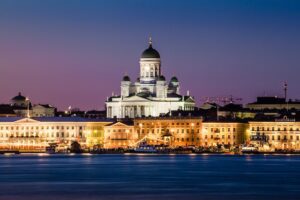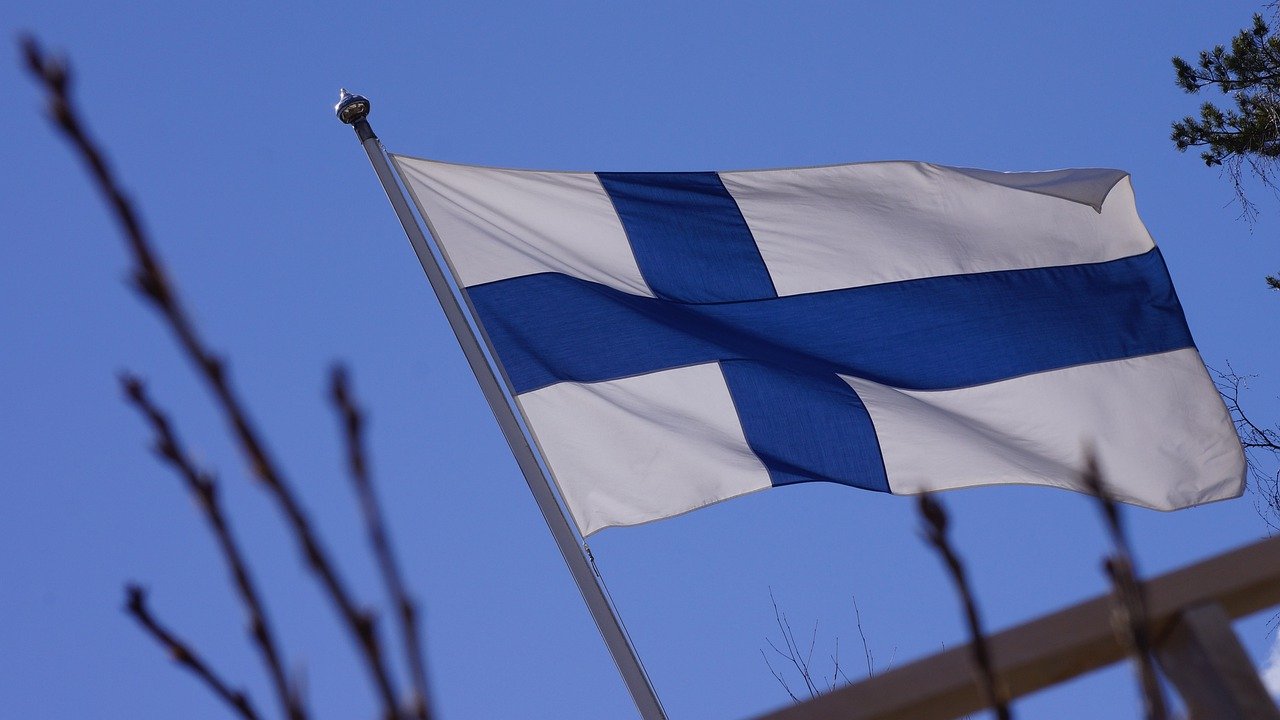Finland is a Northern European country that has a rich history. It was initially inhabited by the Sami people, who are known for their reindeer herding. Over time, other groups migrated to Finland, including the Finns and the Karelians. Today, Finnish culture is a mix of these different influences. This blog post will discuss some of the main outlines of Finnish history, including its war history.
The Swedish Reign
 In the early 13th century, Finland was conquered by Sweden and remained under Swedish rule for over 600 years. During this time, the Finnish language and culture were suppressed and in the late 18th century, Finland began to gain more autonomy within the Swedish empire. This process continued throughout the 19th century until Finland finally gained independence in 1917. During the Swedish reign, Finland was divided into two parts: the western region, which was Finnish-speaking, and the eastern region, which was Swedish-speaking.
In the early 13th century, Finland was conquered by Sweden and remained under Swedish rule for over 600 years. During this time, the Finnish language and culture were suppressed and in the late 18th century, Finland began to gain more autonomy within the Swedish empire. This process continued throughout the 19th century until Finland finally gained independence in 1917. During the Swedish reign, Finland was divided into two parts: the western region, which was Finnish-speaking, and the eastern region, which was Swedish-speaking.
This division is still evident today in Finnish society. In addition, during this time, Finland also became part of the Russian empire for a brief period.
Finland as a Grand Duchy of Russia (1809-1917)
In 1809, Finland was conquered by the Russian Empire during the Finnish War. Finland became an autonomous Grand Duchy within the Russian Empire with its constitution, parliament, and currency. The tsar was represented in Finland by a governor-general. As a grand duchy, Finland had some self-government but not complete independence. During the Napoleonic Wars (1803–1815), Russia withdrew its troops from Finland. This allowed Finland’s army to defeat the remaining Swedish forces in the War of Finland in 1808. In 1809, due to the war, Finland was annexed by Russia. During the Russo-Turkish War (1877–78), Finland again fought on the Russian side, but this time it was to maintain its autonomy within the Russian Empire. The war ended with a peace treaty in which Russia recognized Finnish autonomy.
The Independent Republic of Finland
Finnish history can be separated into three main periods: the time before the Swedish conquest in the 13th century, when Finnic peoples inhabited Finland; the period of Swedish rule, which began in the 13th century and ended in 1809; and the era of Russian rule, which lasted from 1809 until 1917. In 1917, Finland declared its independence from Russia. During World War II, Finland fought two separate wars against the Soviet Union: the Winter War of 1939–1940 and the Continuation War of 1941–1944. After the war, Finland signed a peace treaty with the Soviet Union in 1947. This treaty included a provision for the post-war exchange of territory, which resulted in Finland ceding parts of Karelia to the Soviet Union.
Finland has a population of approximately five million people, and it is one of the most sparsely populated countries in Europe. Most Finns live in the southern part of the country, while the northern part of Finland is sparsely populated. The official languages of Finland are Finnish and Swedish, and Finnish is the majority language. English is also widely spoken in Finland.

